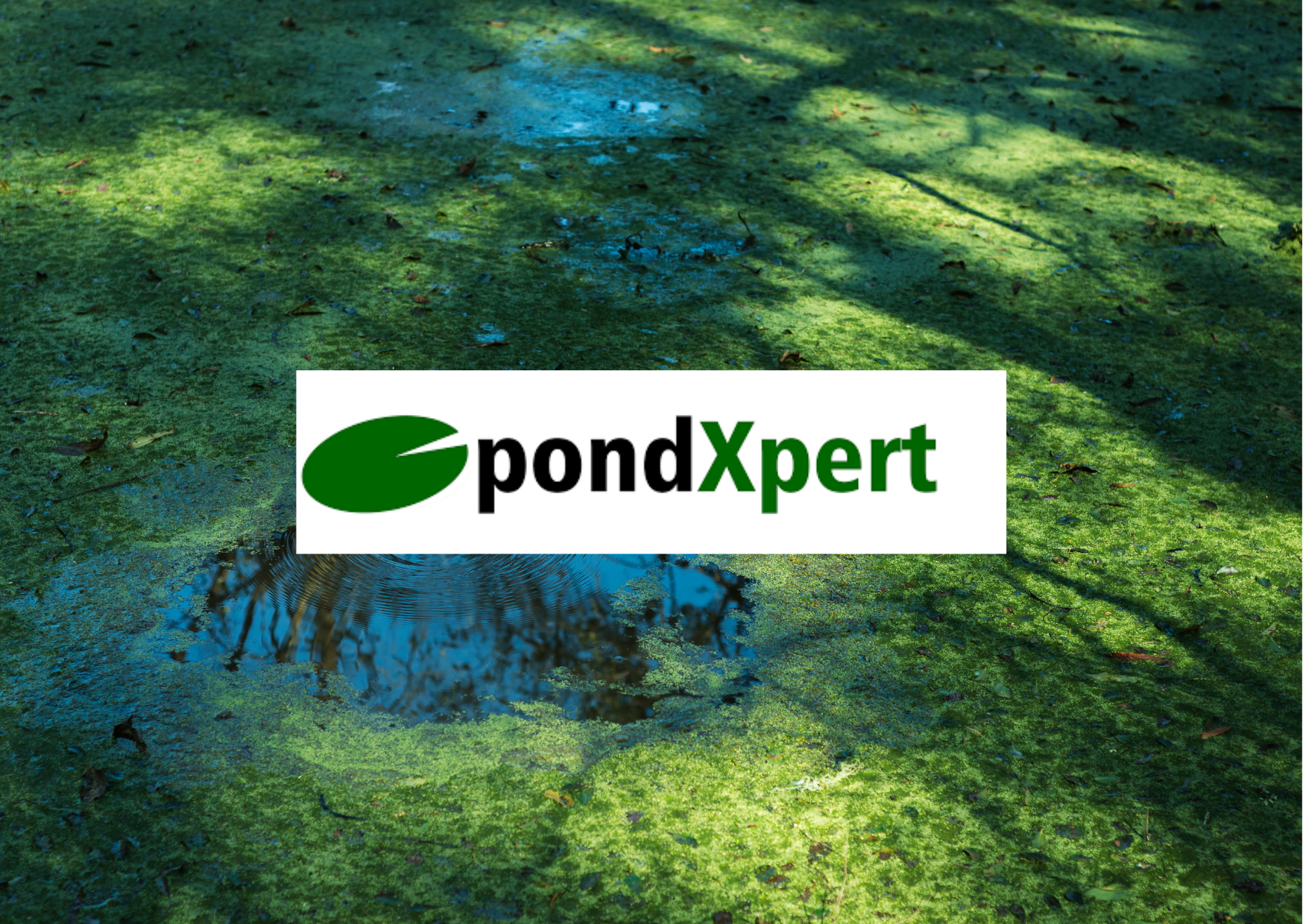Next working day delivery with Royal Mail Tracked 24
PondXpert Guide | How to Combat Blanketweed

PondXpert Guide: How to Combat Blanketweed
Combating the number one problem that pond-keepers come across during the summer months.
Blanketweed is a filamentus / string algae that lays on the surface of the pond (although certain variants can be below the surface and attached to the side of the pond).
When treating blanketweed there are two main approaches, either destroy or inhibit.
An Ultra Violet Clarifier will not really work on blanketweed as it will not pass through the pump and filter. A UVC unit is there to make the single-cell algae clump together so it can be taken out by the filter.

Destroy
The destroy method is pretty much as it says on the tin! Using bacteria, the treatments literally eat away the algae.
The other less common method of destroying blanketweed is an electronic one. This method disrupts the calcium ions in the water which causes the algae cells to break up. Although the electronic method can be very effective it is important to note that this will kill any molluscs such as snails or muscles in the pond as it damages their shell. This method can also be prohibitively expensive compared to standard treatments.
Inhibit
The inhibit method is based on the idea of preventing any further growth of the blanketweed. This enables you to remove the present blanketweed by hand and not have to worry about any further growth. These products tend to be based around hydrogen peroxide which is a natural by-product from the breakdown (in water) of barley straw. This prevents the algae cells from forming and therefore prevents the blanketweed growing.
Although not a perfect science, it is suggested that 225g of barley straw is needed for every 1,000 gallons (4,500 Litres) of pond water.
It is important to note that the barley straw can take up to 6 weeks before it starts to work as it will take time for it to start to decay. The barley straw should last from 2-6 months, and should ideally be put in place at the beginning of the spring in preparation for the upcoming Summer were the blanketweed would be at its worst. It is best to locate the straw in a well oxygenated part of the pond, i.e. near a fountain or waterfall.
The old bale of barley straw should be left by the new one for about 1 month to help speed up the activation of the decay and allow the important flora and fauna to migrate to the new barley straw.
There are now also more convenient methods of getting the same benefits of barley straw without having the bales affect the aesthetics of your pond - many liquid barley straw products are available, including PondXpert's own ranges.
To browse our range of Blanketweed treatments please click here.
To browse the PondXpert product range please click here.
Source: PondXpert Guides
Photo credit(s): PondXpert / Canva Pro Licence




